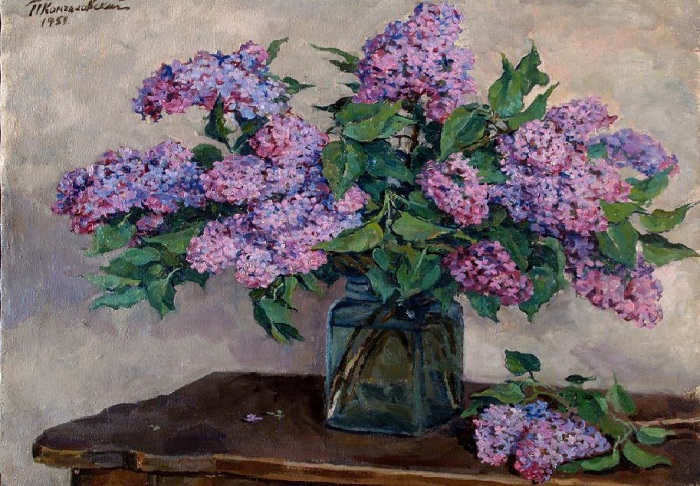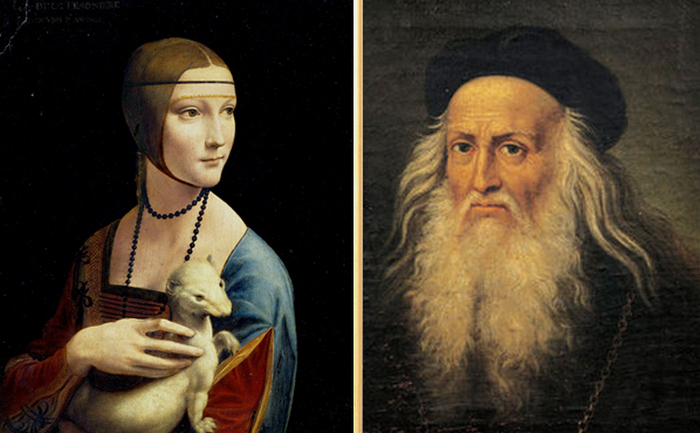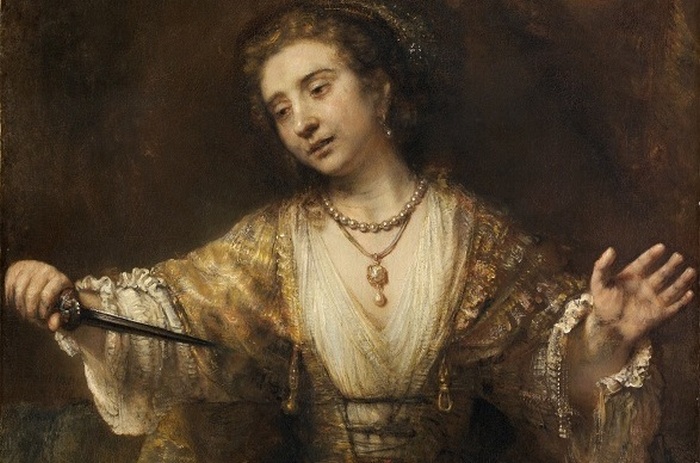immortalized
Secrets of the painting “A Lady with a Parrot by the Window”: How the Smile of a Heroine and a Bird are Connected
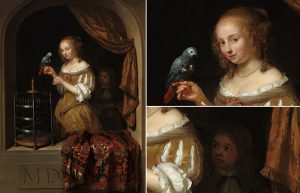 Caspar Netscher is a Dutch artist of German descent, an outstanding portrait painter, and also a master of depicting everyday scenes of the Dutch elite. He also developed a technique that allowed him to imitate a wide range of textures: be it linen, satin or coarse fibers of an oriental carpet. Caspar Netscher is part of a triad of prominent Dutch Golden Age masters along with Rembrandt and Vermeer.
Caspar Netscher is a Dutch artist of German descent, an outstanding portrait painter, and also a master of depicting everyday scenes of the Dutch elite. He also developed a technique that allowed him to imitate a wide range of textures: be it linen, satin or coarse fibers of an oriental carpet. Caspar Netscher is part of a triad of prominent Dutch Golden Age masters along with Rembrandt and Vermeer.
From the life of an artist
Netsher was the son of sculptor Johann Netscher. As a child, he was sent to Amsterdam to study with Hendrick Coster, a little-known artist of still lifes and portraits. In 1664, Netscher moved to Deventer to complete his studies in the workshop of Gerard Terborch. Having done this, he went to Italy in 1658, then to Bordeaux, where Netscher married Margaret Godin and lived there for several years. In 1662, in The Hague, Netscher became a member of the Society of Artists. At this early stage, he wrote small genre compositions, preferring the dark colors and themes of everyday life, which Terborch clearly influenced. Continue reading
Monet is a spot, Manet is a people: How to distinguish two masters of impressionism
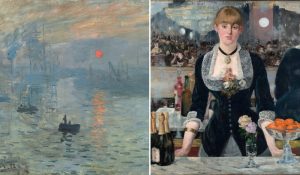 Their acquaintance began with a big conflict, but later they became great friends. Monet — Manet is a story of long-standing friendship based on great respect and mutual assistance. When Monet was in financial difficulties, he wrote to Mane for help. Manet not only never refused to help his colleague, but after he found out about the illness of Camille, Monet’s first wife, he wrote off all Claude’s debts. Due to Monet’s influence, Manet more often painted in the open air and brightened his palette. These were not just real people, but also great talents with big hearts.
Their acquaintance began with a big conflict, but later they became great friends. Monet — Manet is a story of long-standing friendship based on great respect and mutual assistance. When Monet was in financial difficulties, he wrote to Mane for help. Manet not only never refused to help his colleague, but after he found out about the illness of Camille, Monet’s first wife, he wrote off all Claude’s debts. Due to Monet’s influence, Manet more often painted in the open air and brightened his palette. These were not just real people, but also great talents with big hearts.
Eduard Manet was one of the first modernist artists of the 19th century to turn to the objects of modern life; he became a key figure in the transition from realism to impressionism. In addition, he was a key figure in the transition from realism to impressionism and one of the first in this era to portray modern life. Continue reading
Vincent Laurence van der Winne and his still lifes vanitas: where did the artist hide his portrait?
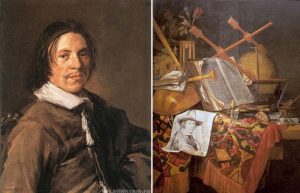 Vincent Laurence van der Winne (1628–1702) is a Dutch artist and writer. Initially, van der Winne was engaged in weaving, but then, sensing a craving for fine art, he decided to focus on painting. Especially popular are the still lifes of this master, in which he hid his own portrait. Der Winne was the only (according to available historical data) student of Frans Hals, the artist of the Golden Age of Holland, who actually painted his portrait in 1660.
Vincent Laurence van der Winne (1628–1702) is a Dutch artist and writer. Initially, van der Winne was engaged in weaving, but then, sensing a craving for fine art, he decided to focus on painting. Especially popular are the still lifes of this master, in which he hid his own portrait. Der Winne was the only (according to available historical data) student of Frans Hals, the artist of the Golden Age of Holland, who actually painted his portrait in 1660.
Van der Vinne’s paintings are mainly vanitas still lifes and genre scenes, many of which include a portrait paper sketch of the painter himself. His style was later copied by Evert Collier, Peter van Eisen and Barent van Eisen. Continue reading
